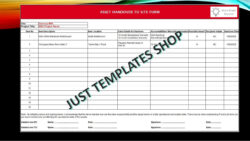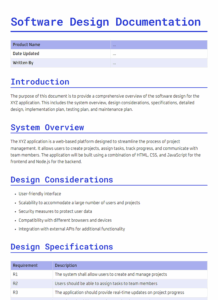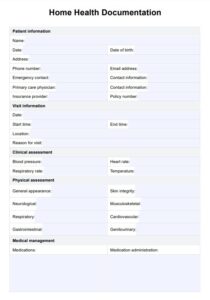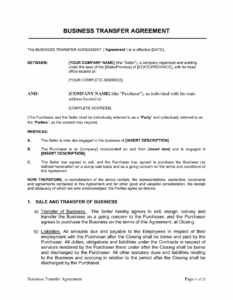So, you’re wrapping up a project and it’s time to pass the baton. Congratulations! But before you pop the champagne and ride off into the sunset, there’s a crucial step: creating comprehensive project handover documentation. Think of it as leaving a detailed roadmap for the next person in line, ensuring a smooth transition and preventing any potential headaches down the road. After all, no one wants to inherit a project and immediately feel like they’re deciphering ancient hieroglyphs.
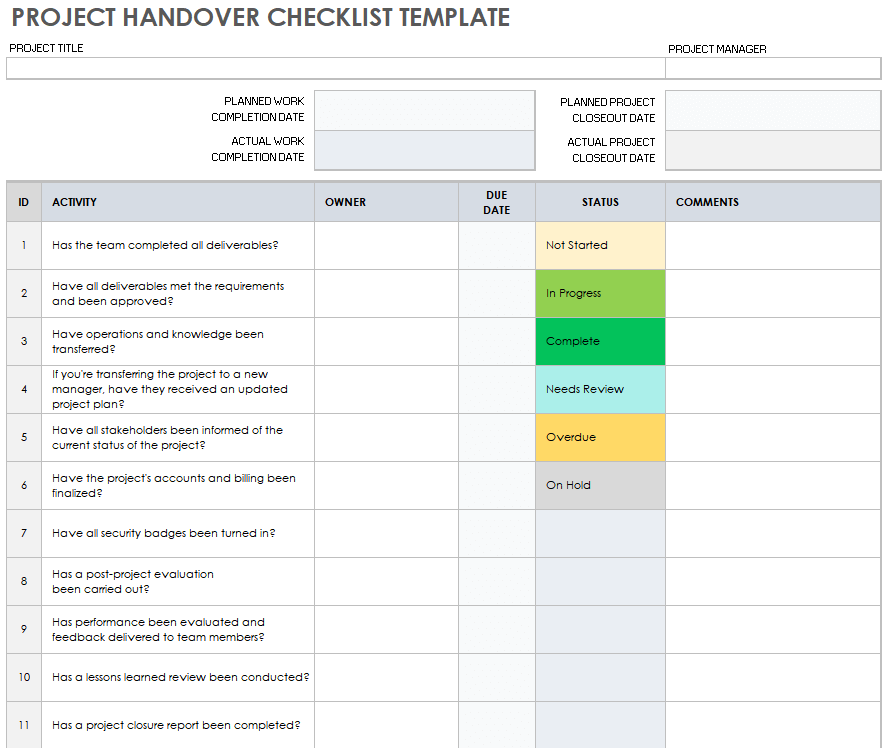
This documentation isn’t just a formality; it’s an investment in the project’s continued success. It’s about capturing all the vital information, decisions, and processes that went into bringing the project to its current state. This ensures that the new owner can quickly get up to speed, understand the project’s nuances, and avoid repeating any mistakes or rediscovering already established solutions. Plus, it makes you look like a rockstar project manager – organized, thorough, and considerate.
In this article, we’ll explore why a well-structured project handover documentation template is essential and what key elements it should include. We’ll guide you through creating a template that covers all the bases, making the handover process seamless and setting the stage for continued success. Get ready to say goodbye to project chaos and hello to smooth transitions!
Why You Absolutely Need a Project Handover Documentation Template
Imagine inheriting a project without any proper documentation. It’s like being dropped into a foreign country without a map or a phrasebook. You’re lost, confused, and probably making a lot of unnecessary mistakes. That’s precisely what happens when projects are handed over without clear, concise, and comprehensive documentation. A well-crafted project handover documentation template acts as that map and phrasebook, guiding the new project owner through the intricacies of the project.
Firstly, a project handover documentation template ensures continuity. It provides a historical record of the project, outlining its objectives, scope, timelines, and key decisions. This allows the new team to understand the project’s evolution, the rationale behind specific choices, and the potential pitfalls to avoid. Without this context, the new team might inadvertently undo previous progress or repeat past errors. Having a template in place ensures all the essential aspects are captured and consistently documented.
Secondly, it minimizes disruption. When a project is handed over smoothly, it allows the business to continue without a hitch. There are fewer delays and less time spent with the new project owner trying to get up to speed. A great project handover documentation template details all of the information that the new owner will need in order to effectively manage the project on their own.
Thirdly, it promotes accountability. With clear documentation, everyone involved understands their roles and responsibilities. The handover process becomes transparent, and any issues or questions can be quickly addressed. This fosters a sense of ownership and encourages everyone to contribute to the project’s success. If there is any confusion or issue, the new owner can consult the existing documentation.
Finally, it facilitates knowledge transfer. A handover documentation template serves as a central repository of knowledge, capturing the insights and experiences of the previous team. This knowledge can be invaluable for future projects, preventing the same mistakes from being repeated and building upon past successes. Over time, this can lead to significant improvements in project management practices and overall organizational efficiency.
Key Elements of an Effective Project Handover Documentation Template
So, what should be included in a winning project handover documentation template? The key is to be thorough, organized, and clear. Think of it as creating a comprehensive user manual for your project. The level of detail will depend on the complexity of the project, but here are some essential elements to consider.
First and foremost, include a project overview. This should provide a high-level summary of the project’s goals, objectives, and scope. It should also outline the key stakeholders, their roles, and their expectations. Include a section describing the current status of the project, what has already been achieved and what is still to be completed. This gives the new owner a clear understanding of the project’s purpose and its current trajectory. You can also include links to original project documentation such as the project charter.
Next, document the project’s infrastructure, tools, and technologies. This includes information about the software, hardware, and other resources used in the project. It should also include details about the project’s architecture, data flows, and integration points. By being clear about these tools, it is easier for the new project owner to maintain the technology. Be sure to include relevant server information, usernames, and passwords.
It’s also crucial to document any outstanding issues, risks, and dependencies. This includes any unresolved problems, potential threats to the project’s success, and any external factors that could impact the project’s timeline or budget. Include a plan for how to manage these existing risks as well as a log of any previously realized risks.
Finally, it is a good idea to include information about the key contacts and resources. This includes the names and contact information of key team members, stakeholders, and vendors. It should also include links to relevant documentation, websites, and other resources. Make sure to include the handover process so that future handovers follow the same quality.
By including these key elements in your project handover documentation template, you can ensure a smooth and seamless transition, setting the stage for continued success.
Creating a robust project handover documentation template doesn’t have to be a daunting task. By focusing on clarity, completeness, and organization, you can develop a valuable tool that will benefit your team and your organization for years to come.
Think of the project handover documentation template as more than just a document; it’s a bridge. It connects the past and the future, ensuring that the knowledge and experience gained on the project are not lost but rather leveraged for continued success. It’s an investment in efficiency, continuity, and ultimately, the overall health of your projects.
